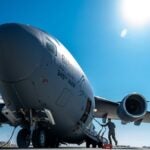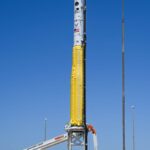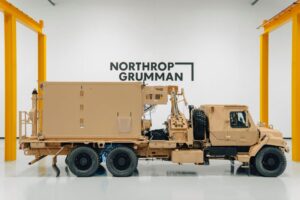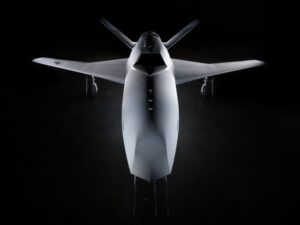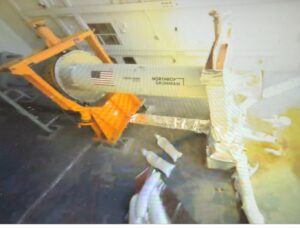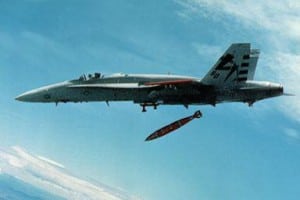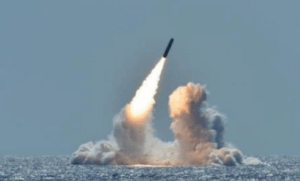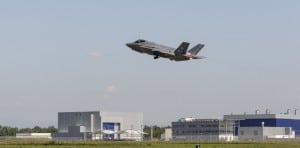
FORT WORTH, Texas--F-35 prime contractor Lockheed Martin [LMT] is expanding the capacity of its one-mile, 25-foot long aircraft assembly line facility here so it is capable of producing roughly 200 jets per year by the end of 2019.The F-35 program will triple its aircraft production and fielding rate by 2019, producing over 120 planes per year. It will deliver about 43 planes next year (Defense Daily, Sept. 9).Lockheed Martin is ramping up to a total of 16 mate facilities at…


